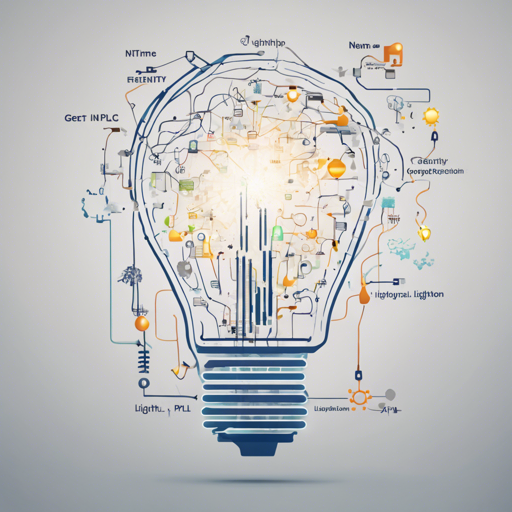LightNLP is a powerful library designed for Natural Language Processing (NLP) tasks, particularly Named Entity Recognition (NER). This guide will walk you through the entire process— from installation to deployment—making it as easy as pie!
Installation
Before we dive into the NER functionality, let’s get everything set up. Here’s how to install LightNLP on different operating systems:
- Windows 10: Ensure you have Python 3.6 and Pytorch 1.3 installed.
- Manjaro: You will need Python 3.7 and Pytorch 1.3.
Once you have the correct environment, use the following bash commands to install LightNLP:
pip install lightNLPpip install -i https://pypi.douban.com/simple lightNLPUsing LightNLP for Named Entity Recognition
Now that you have LightNLP installed, let’s move to the core functionality: Named Entity Recognition. The following steps outline how to train and test an NER model:
- Import the NER module from LightNLP:
- Initialize the NER model:
- Set your paths for the training and testing datasets, along with the vector file:
- Train the NER model:
- Load your trained model for testing:
- Test the NER model and display the results:
from lightnlp.sl import NERner_model = NER()train_path = 'home/lightsmile/NLP/corpus/ner/train.sample.txt'
dev_path = 'home/lightsmile/NLP/corpus/ner/test.sample.txt'
vec_path = 'home/lightsmile/NLP/embedding/char_token_vec_300.bin'ner_model.train(train_path, vectors_path=vec_path, dev_path=dev_path, save_path='./ner_saves', log_dir='E:/Test/tensorboard')ner_model.load('./ner_saves')from pprint import pprint
pprint(ner_model.predict())Understanding the Code with an Analogy
Think of training an NER model like teaching a child to recognize different fruits:
– You start by showing them pictures of fruits (which represent your training data).
– Then, you provide them with a toolbox of names (similar to vector embeddings) to label these fruits.
– After that, they practice identifying fruits independently (the actual model testing).
– Once they’re confident, you assess their fruit identification skills (model prediction).
This step-by-step approach ensures that the NER model learns efficiently, just like a child learns effectively through gradual exposure and practice.
Deployment
Ready to put your model into action? Here’s how you can deploy it:
ner_model.deploy(host='localhost', port=2020, debug=False)After deploying, you can test your model using Postman.
Troubleshooting
If you encounter any issues, here are a few troubleshooting tips:
- Ensure that you have all required libraries installed—especially Pytorch and fastNLP.
- If you’re running into compatibility issues, verify your Python and Pytorch versions match what’s recommended.
- Check file paths to make sure they point to the correct directories and files.
- If TensorBoard isn’t displaying correctly, double-check the log directory specified.
For more insights, updates, or to collaborate on AI development projects, stay connected with fxis.ai.
At fxis.ai, we believe that such advancements are crucial for the future of AI, as they enable more comprehensive and effective solutions. Our team is continually exploring new methodologies to push the envelope in artificial intelligence, ensuring that our clients benefit from the latest technological innovations.

